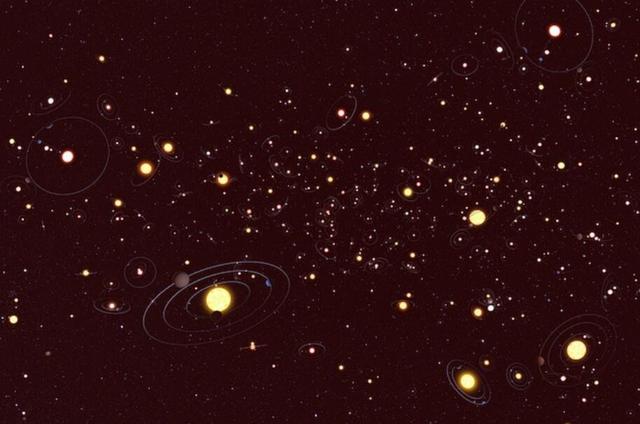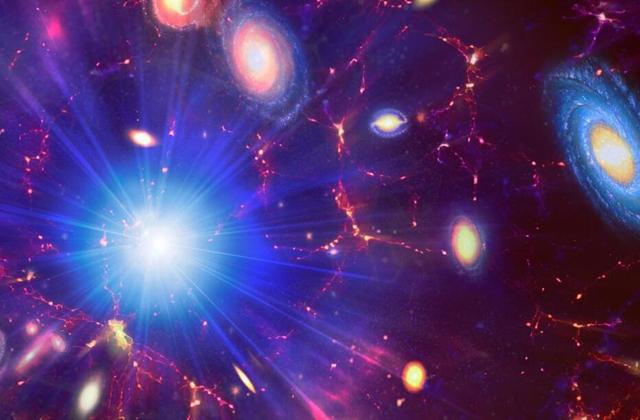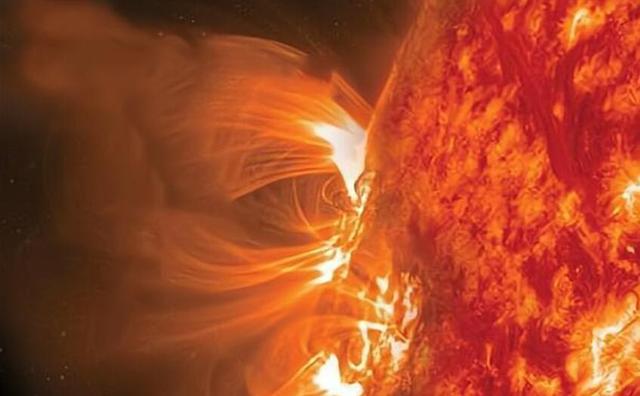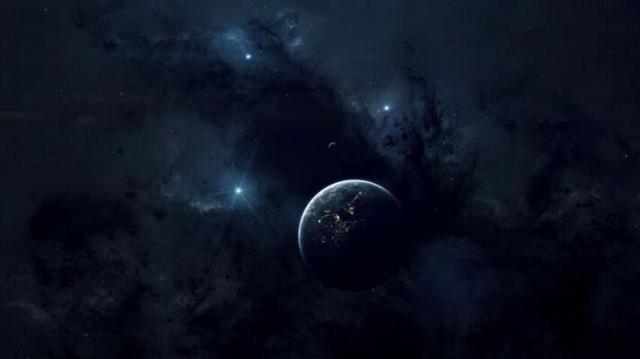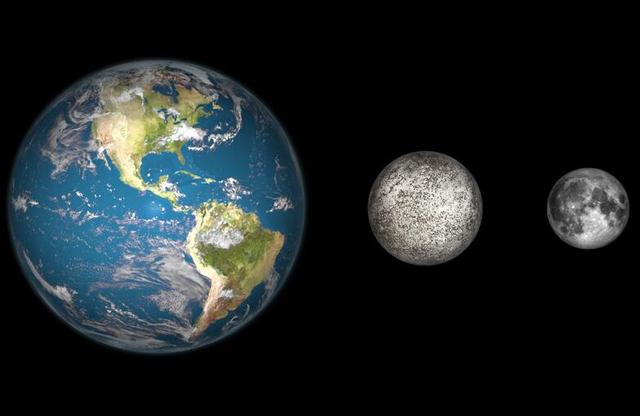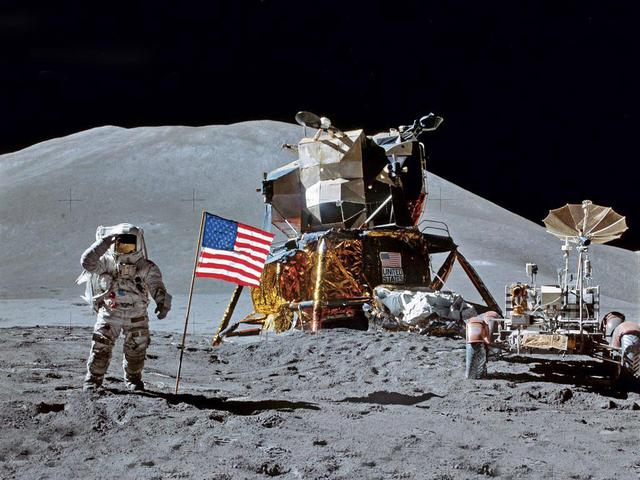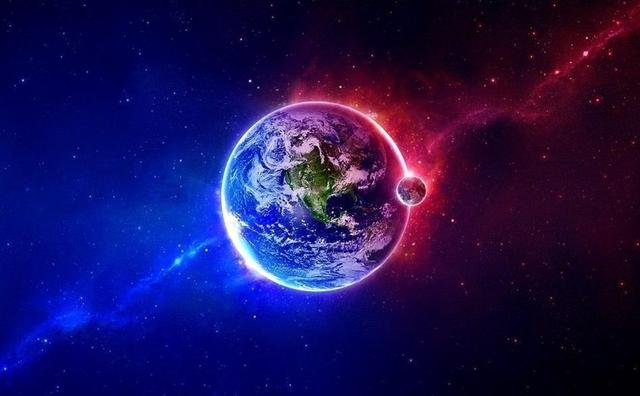We once thought that the sun, the moon and the stars all orbited around the earth, but the heliocentric theory poured cold water on us, and now we all know that the sun is not special in the universe, it is just an ordinary star in a huge galaxy called the milky way. Where is it located?

The diagram above shows what the milky way looks like and where our solar system is located in the milky way based on known observations. In terms of location, our solar system may not be considered remote, but if we look at the density of stars, our solar system is actually located in a remote and inhospitable part of the milky way.
As a whole, the stars of the milky way are not evenly distributed, as evidenced by the fact that the density of stars decreases exponentially with increasing distance from the centre of the galaxy.
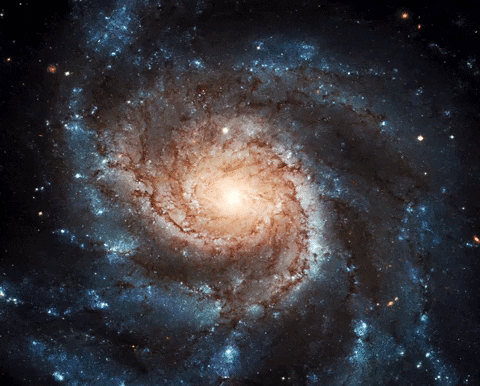
Observations show that within a 1 second gap (~3.26 light years) from the galactic centre, the stellar density can reach 289,000 stars per cubic light year in the core, increasing to a 40 second gap, the stellar density drops to ~288 stars per cubic light year, and by 100 seconds gap, the stellar density is only ~2.9 stars per cubic light year, while the distance between the solar system and the galactic centre is about 8,000 seconds apart (about 26,000 light years), the stellar density in this region has dropped to about 0.004 stars per cubic light year.
In other words, the solar system is located in a region where the stellar density is only 1 in 72 million of the highest stellar density in the milky way, making it a remote and inhospitable part of the galaxy, so is this unfortunate or fortunate for mankind? In fact, it is actually lucky for humanity, because it would be very difficult for life to survive for long in the 'busy zone' of the galaxy.
First of all, there is excessive radiation, which is understandable, as there are more stars, there is more radiation, and it is difficult for life to survive with too much radiation.

Then there are catastrophic events. It is important to understand that stars do not always 'burn' quietly, and that from time to time during the evolution of a star there will be high-energy events, especially when massive stars reach the end of their main sequence, and usually there is an incredibly powerful supernova explosion, which in a short time releases enough energy to rival that of the whole galaxy. Galaxies.
At the end of the ordovician period, about 445 million years ago, a biological mass extinction event occurred on earth, which scientists speculate was probably caused by a gamma-ray burst that hit the planet, and had its source in a supernova explosion about 6,000 light-years away.
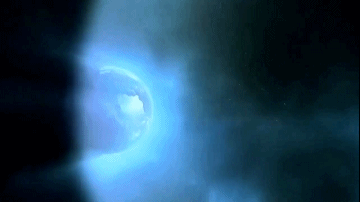
Such catastrophic events have occurred in remote and inhospitable parts of the galaxy, not to mention in densely populated regions of stars. Although supernova bursts do not occur often, their occurrence is not to be underestimated when the time span is stretched to a scale of hundreds of millions of years, and life simply cannot exist for long in such an environment.
In addition to this, gravitational perturbations are a major problem. For the solar system, the nearest star is also 4.22 light years away, so the gravitational perturbations of other stars are completely negligible, whereas we know that the magnitude of gravity is inversely proportional to the square of the distance, so in regions of dense star density, gravitational perturbations between stars can affect the stability within the star system.
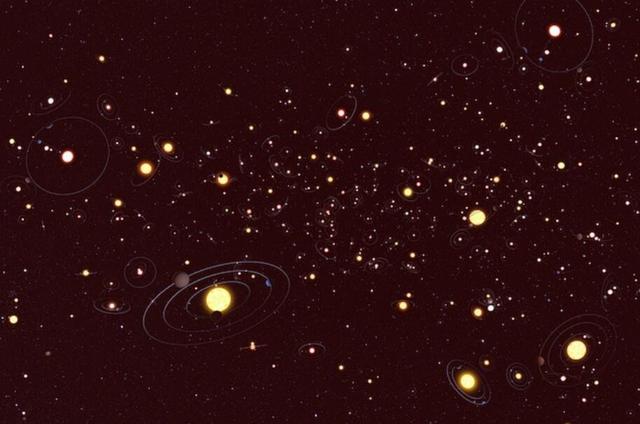
If the solar system were to be placed in the 'busy zone' of the milky way, the gravitational pull of other stars could, at best, disturb the orbits of small bodies such as comets and asteroids in the solar system, increasing the risk of the earth being struck by a small body, or at worst, directly affect the stability of the eight planets and even cause a collision between them. Or throwing the earth directly out of the solar system.
It is important to note that being too far from the centre of the galaxy is also detrimental to life. Life requires large amounts of heavy elements, most of which are produced during stellar evolution and are released when the star dies, and the farther away from the centre of the galaxy, the lower the density of the star, a rule that also holds for past galaxies, so that regions too far from the centre of the galaxy do not have an abundance of heavy elements to support life.
(here heavy elements are those heavier than hydrogen and helium)
This means that the region of the galaxy suitable for life should be neither too close nor too far from the centre of the galaxy, and according to scientists' estimates, this range should be between 13,000 and 35,000 light-years from the centre of the galaxy (as shown in the figure below).
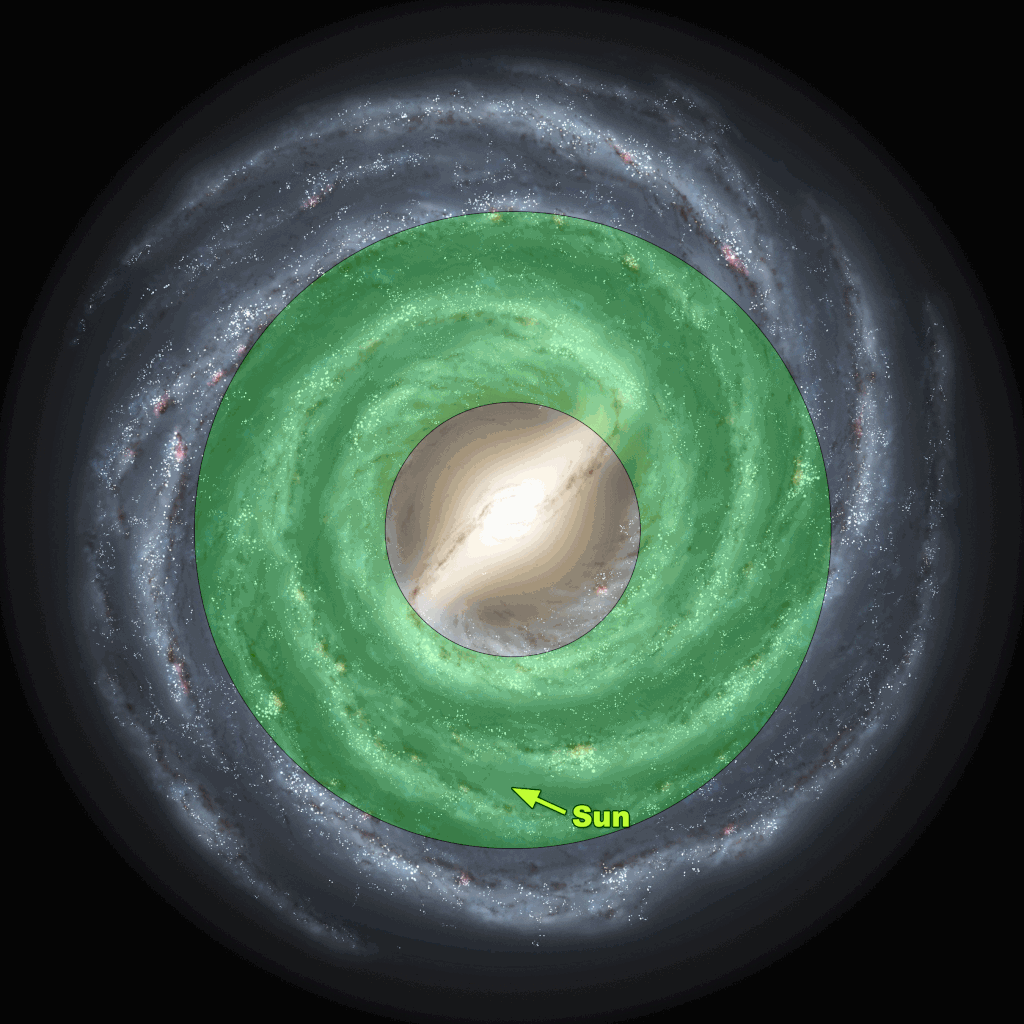
As you can see, the solar system is located right in this range, and although this is considered a remote and inhospitable part of the galaxy, it is a blessing for mankind that otherwise it would be very difficult for the solar system to nurture life, and mankind would certainly not be on earth.
Of course, the above is based on our carbon-based life, but if there were other forms of life in the universe (such as silicon-based life), that would be a different story.

